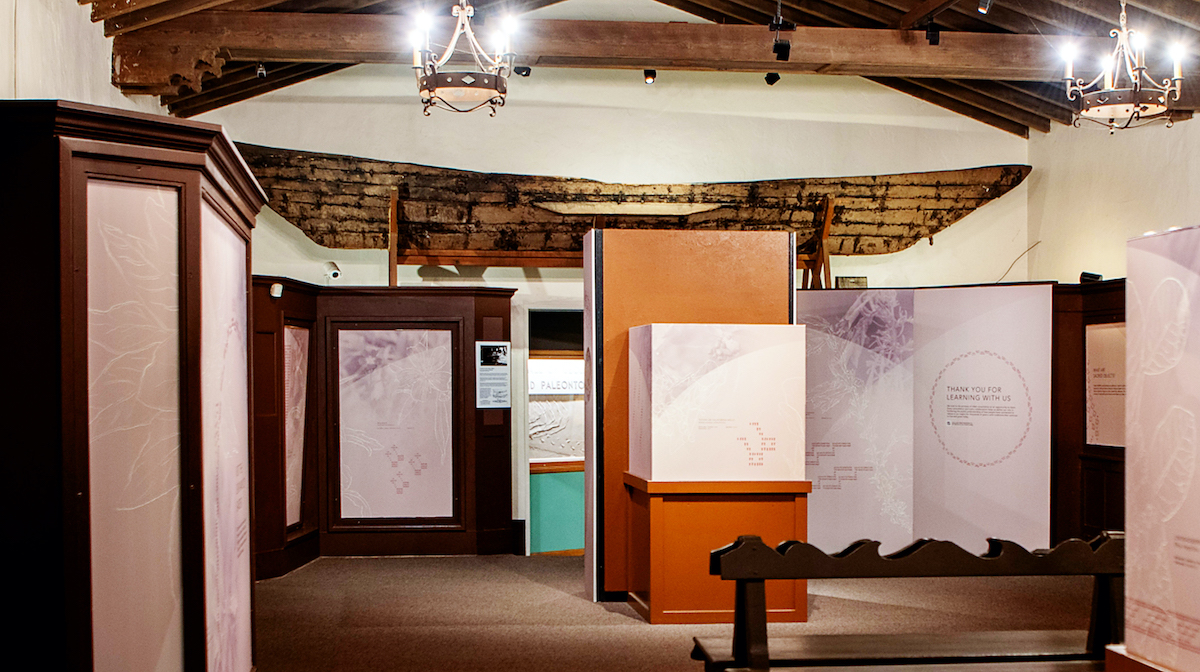Chumash Exhibit and NAGPRA Compliance

Administered by the National Park Service, the Native American Graves Protection and Repatriation Act (NAGPRA) was updated effective January 12, 2024.
The act was first established in 1990.
The NAGPRA requires all Federal agencies and all museums, institutions, universities, colleges, state agencies, and local agencies that receive Federal funds, to identify all Native American human remains, funerary items, and objects of cultural and sacred significance in their collections, to research the tribal owner(s), and to repatriate them.
Many of these human remains and sacred objects were looted during anthropological fieldwork in the 19th century, and are held in museums and universities. Of further concern are the organizations not reporting items on loan publicly or privately, and others claiming lack of funding and labor to comply. One survey relates that only 6% of said items were identified and returned.
The updated regulations strengthen the law’s enforcement and streamlines the repatriation process, establishing new timelines and civil penalties. Going forward, museums must also obtain consent from direct descendants before exhibiting or researching human remains and artifacts subject to NAGPRA in their collections.
It is unclear why the law states that tribes unrecognized by the U.S. Government are excluded, and must collaborate with tribes that are included to secure the return of their sacred objects and remains.
Supporting the updated laws is the 54th U.S. Secretary of the Interior, Deb Haaland. Her press statement reads, “The Native American Graves Protection and Repatriation Act is an essential tool for the safe return of sacred objects to the communities from which they were stolen. Finalizing these changes is an important part of laying the groundwork for the healing of our people.” Haaland is a member of the Pueblo of Laguna, a 35th generation New Mexican, and the first Native American to serve as a cabinet secretary.
According to the ProPublica’s Repatriation Database website, “Three decades after legislation pushed for the return of Native American remains to Indigenous communities, many of the nation’s top museums and universities still have the remains of thousands of people in their collections. The University of California, Berkeley still has the remains of at least 4,900 Native Americans that it has not made available for return, Harvard University 5,600, and The Department of the Interior at least 3,600.”
The website has a public database to search for information on the approximately 600 federally funded institutions that reported having such remains to the Department of the Interior, albeit a self-reporting system.
As an interim move, museums, universities, and organizations have “covered” the exhibitions and areas containing the items, while they inventory and return them to the tribal owners.
Locally, the Santa Barbara Museum of Natural History covered its Chumash Life exhibit space on January 12th while tribal consultation is pending. Museum staff are planning display text to educate the public about NAGPRA.
According to the ProPublica data at the time of this news report, the SBMNH reported having the remains of at least two Native Americans. The institution has made available for return almost 100% of the more than 1,000 Native American remains and artifacts that it reported to the federal government. The SBMNH made Native American remains available for return to 47 tribes, including Santa Ynez Band of Chumash Mission Indians, Santa Ynez, CA; Tuolumne Band of Me-Wuk Indians CA; California Valley Miwok Tribe; Chicken Ranch Rancheria of Me-Wuk Indians of CA; Ione Band of Miwok Indians of CA; Hopi Tribe of AZ; Zuni Tribe of the Zune Reservation NM; Ak-Chin Indian Community; Gila River Indian Community of the Gila River Indian Reservation, AZ; and Navajo Nation, AZ, NM and Utah.
SBMNH President/CEO Luke Swetland explained the museum’s position, “In fall 2021, the Museum received a large repatriation request for thousands of items. In 2022, we fulfilled that request and hired a full-time specialist to focus on NAGPRA. Since hiring NAGPRA Officer Jonathan Malindine, the museum has been proactively repatriating all Native American ancestors and NAGPRA-eligible cultural items. The scientific nature of our institution is built on the opportunity to learn and change. We have been proactive in our efforts to work closely with our tribal partners to ensure that we have adhered to the law and are doing what is right in this situation. The long-term future of the hall will be informed by a lengthy collaborative process, and I’m confident in our collective ability to ultimately create a compelling and educational experience for students and guests.”
411: www.sbnature.org
https://projects.propublica.org/repatriation-nagpra-database/institution/santa-barbara-museum-natural-history
www.nps.gov/subjects/nagpra/frequently-asked-questions.htm







